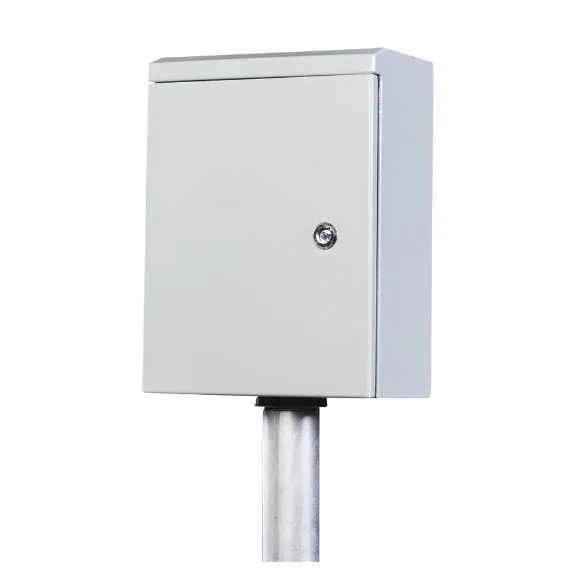Bagged Copper/Copper Sulphate Reference Electrode
Copper sulfate reference electrodes (CSE) are the most commonly used reference electrodes for measuring the electrical potential of underground structures and structures exposed to a freshwater environment. It is not suitable for use in a chloride electrolyte as the chloride ions will migrate through the porous plug and contaminate the CSE. The electrode is composed of a copper rod, immersed in a saturated solution of copper sulfate, contained within a non-conducting cylinder with a porous plug at the bottom. The copper ions in the saturated solution prevent corrosion of the copper rod and stabilize the reference electrode.
Permanent buried CSE provides accurate and reliable electrical potential measurements on buried metallic structures.
Description
- The electrodes have stable potential and so are not easily polarized.
- The specially formulated backfill not only has excellent electrical conductivity, but also overcomes the disadvantage found with traditional backfill where it can be easy to agglomerate which can lead to anode failure in an alternating dry/wet environment.
- Packed with easily absorbent and degradable, environmentally friendly materials, it can be installed directly on site without the need to deal with any plastic waste.
-
Main Technical Parameters
Dimensions Ø 7.9″x11.8″ (200x300mm) potential-stability ±5 mV at 0.3 mA insulation-resistance >1mΩ temperature 0~55 °C outer-shell Cotton Bag environment Fine Sand, Soil Design Life 30 years





